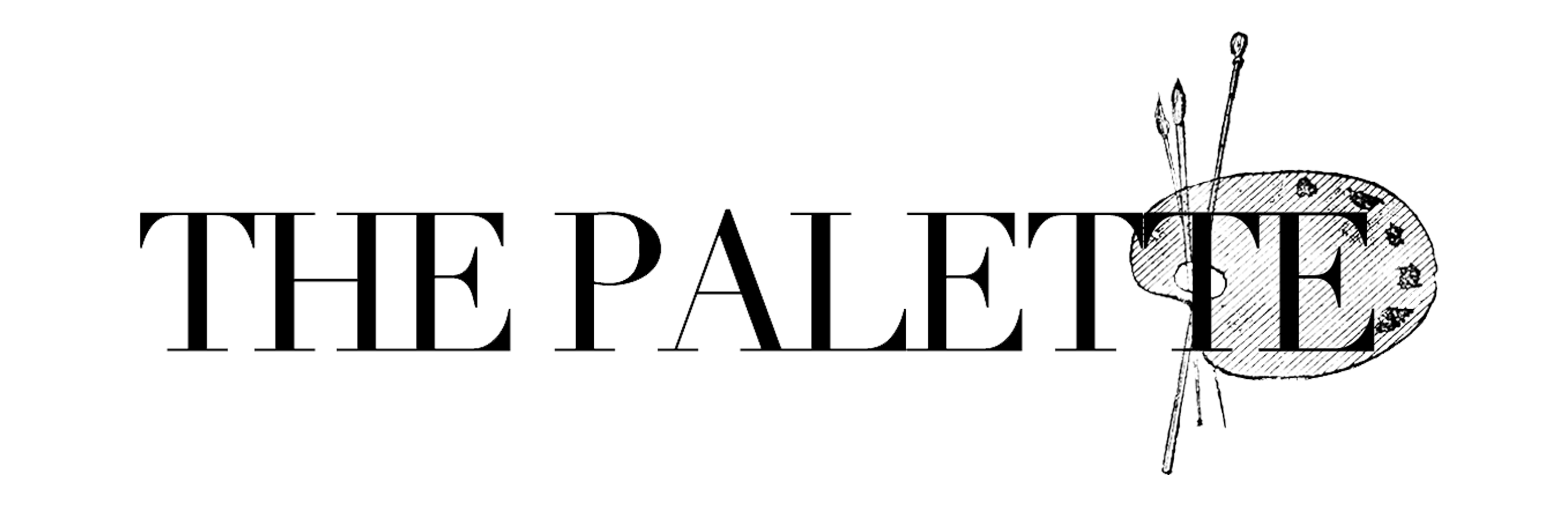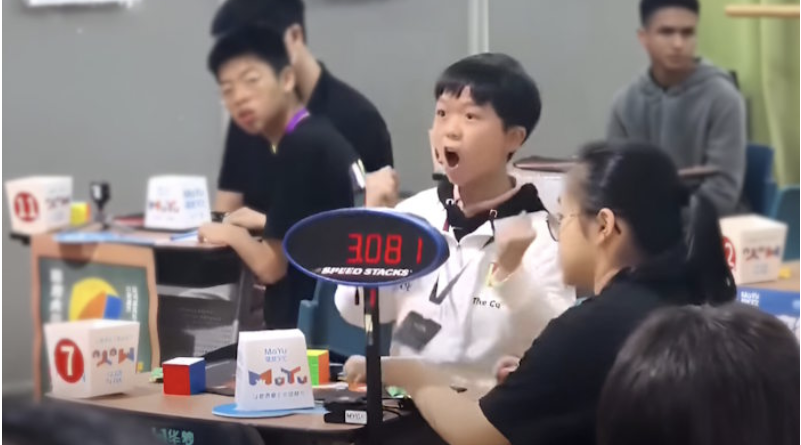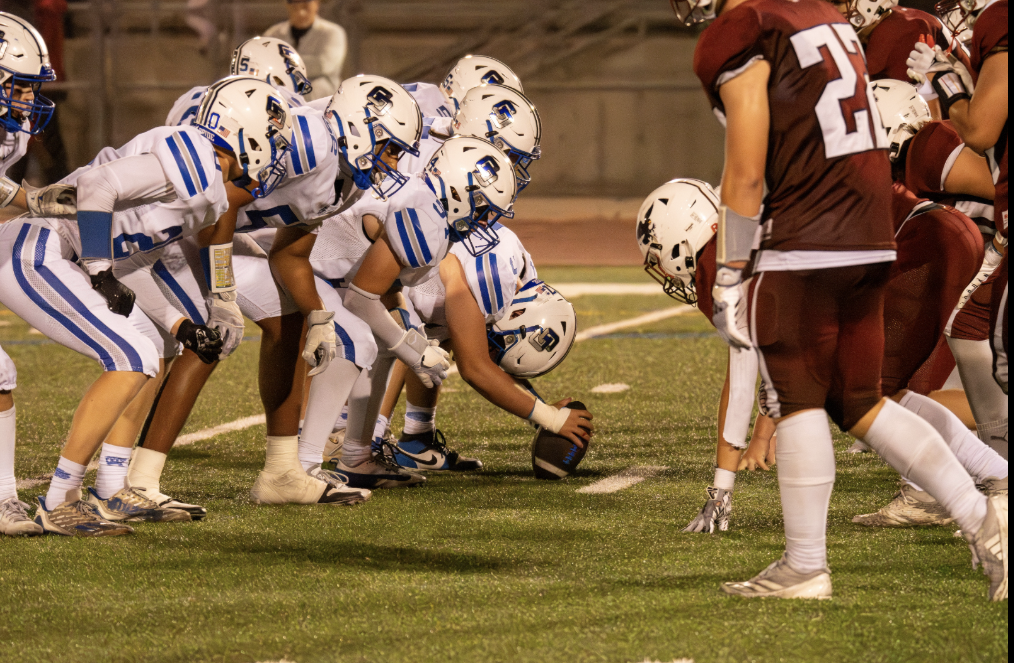Springboard diving is not a sport you see every day, so here is a “short” description to help you understand it better. Diving has many different factors: numbers used to describe dives and letters to describe positions, hand signals, board work, diving equipment, scoring, athleticism and mental work, diving boards and platforms, physics behind diving and techniques, injuries and flops from diving, and so much more. However, this time, the main focus will be knowing what dives are. First, diving is a water sport that uses a diving board that divers jump off of to basically do cool stuff in the air before diving into the water.
The first thing I am going to cover is the different categories of dives and numbers and letters that go with them. You must be thinking, “Wait, there are numbers in diving?” – the answer is yes! There are five different categories of dives: fronts, backs, reverses (or gainers), inwards, and twisters. The number system is essentially 1, 2, 3, 4, 5, and the numbers that are correlated with the dives are 1=fronts, 2=backs, 3=reverses, 4=inwards, and 5=twisters. Along with that, there are more numbers that tell you exactly what dive it is. Fronts, backs, reverses, and inwards all have three numbers, including the first one. Unlike those, twisters have four numbers, including the first one, which represents the twister you are doing. For fronts, backs, reverses, and inwards every dive is different, and the number shows a specific dive at the end. This is shown by every one that you add at the end being a half a rotation. For example, If you want to do a front dive, you would be doing a 101 – the 1 at the start being front and the 1 at the end being the amount of rotation you are doing – in this case, a half rotation or a front dive. When doing more than a half rotation, like a front flip, that would be 102.
Another example is the front one and a half (the half meaning going headfirst) and is the number 103. On top of that, if you keep adding numbers, the more rotations you do, the harder dives you end up in, such as 105 or front two and a half. Twisters are a whole nother story. For twisters, there are four numbers, so the dive number for twisters should always look like this: 5###. The five represents that you are doing a twister, the second number represents the direction you are going (either front twisting, back twisting, reverse twisting, or inward twisting), the third number represents how many rotations or flips you do, and then the last number representing how many twists you do (twists are just like flips, one being a half of a twist, 2 being a full twist, and so on). Additionally, when it comes to the amount of twists you are doing when doing fronts and backs you almost always land forward. An example of a twister is back one and a half (flips) one and a half (twists) you would be doing a 5233 – 5 being twister, 2 being the direction (back), 3 being the number of flips (1&½), and 3 being the number of twists (1&½ twists). Additionally, divers can perform armstand or handstand dives in which the number symbol is 6 and can be either a twister or a dive – you just need to make it three or four numbers long, depending on which one. So, if that wasn’t enough information – here’s more! You can’t just do a dive without knowing what position you are in, so positions are shown with letters and are at the end of the dive number. Positions can be tuck (C), pike (B), straight (A), or free (D). Tuck is the basic curled up ball position, pike is when you are folded over with your legs straight, straight is your body being completely straight, and free is any position – either tuck, pike, or straight. You can essentially dive in any position that you want – except for twisters, which are always represented by a D symbol or free position. They are shown like this because divers can combine two or three different positions into their twisters at the same time, but those are for more advanced divers.



